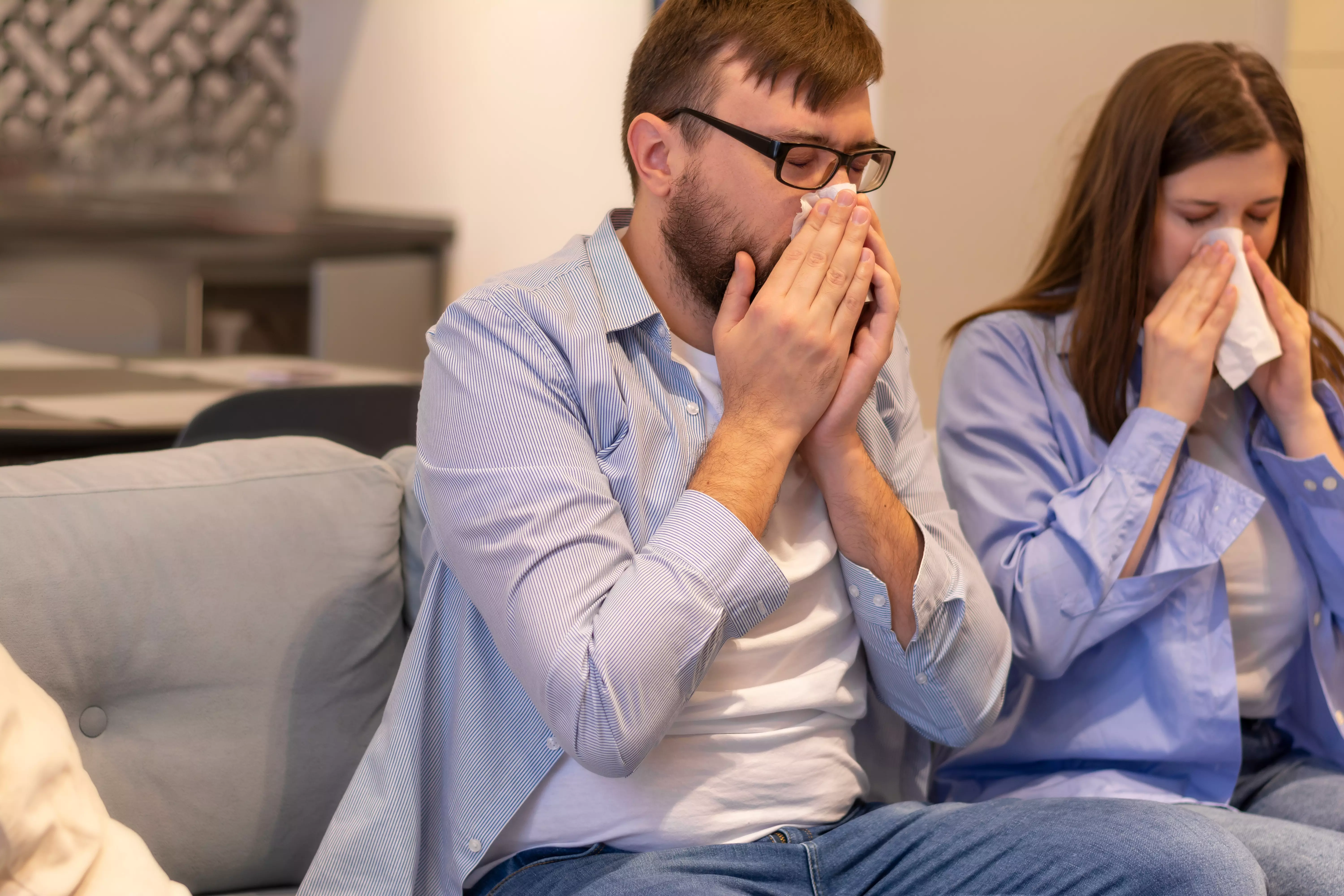Health effects of long-term exposure to dust and dust in the workplace
Health effects of long-term exposure to dust and dust in the workplace
Introduction
Dust and dust are common substances in many workplaces, such as factories, workshops, mines, construction sites, etc. Long-term exposure to these pollutants can lead to serious health effects. In this article, we will discuss the most important consequences of such exposure and highlight the importance of appropriate protective measures.
Potential health effects
Long-term exposure to dust and dust can lead to a variety of health problems, some of which can be permanent or even fatal. The following are the most common effects:
1. Respiratory diseases
Inhaling dust and dust over a long period of time can lead to respiratory diseases such as asthma, chronic bronchitis or even pneumoconiosis. These conditions can cause breathing difficulties, coughing, shortness of breath and significantly reduce quality of life.
2. Lung damage
Uncontrolled exposure to dust and dust can cause damage to the lungs, which in turn leads to reduced lung function and capacity. This loss of lung capacity can affect the overall performance of the body and lead to chronic fatigue and weakness.
3. Cancers
Some dusts, such as asbestos and metallic particles, are classified as carcinogens. Long-term exposure to these substances increases the risk of developing lung, laryngeal or even mediastinal cancer. This is a serious health risk for workers.
The importance of adequate protection
Seeing such serious health effects associated with long-term exposure to dust and dust, the importance of adequate protection cannot be underestimated. Employers should put in place and enforce measures to ensure worker safety.
1. Respirators and protective masks
In workplaces where dust and dust are abundant, workers should be equipped with appropriate respirators and protective masks. These devices filter the air, preventing the inhalation of harmful substances.
2. Vacuuming and ventilation systems
Introducing effective vacuuming and ventilation systems is key to reducing dust and dust in the workplace. This is important to maintain cleanliness and ensure a healthy work environment.
3. Employee education
Employers should provide adequate education to their employees about the risks of dust and dust in the workplace. Risk awareness and knowledge of proper protective practices and procedures are key to minimizing exposure.
Summary
Long-term exposure to dust and dust in the workplace can lead to serious health effects, such as respiratory diseases, lung damage or even cancer. Therefore, adequate protection for workers should always be sought, including the use of respirators, vacuum and ventilation systems, and safety education.
Add comment